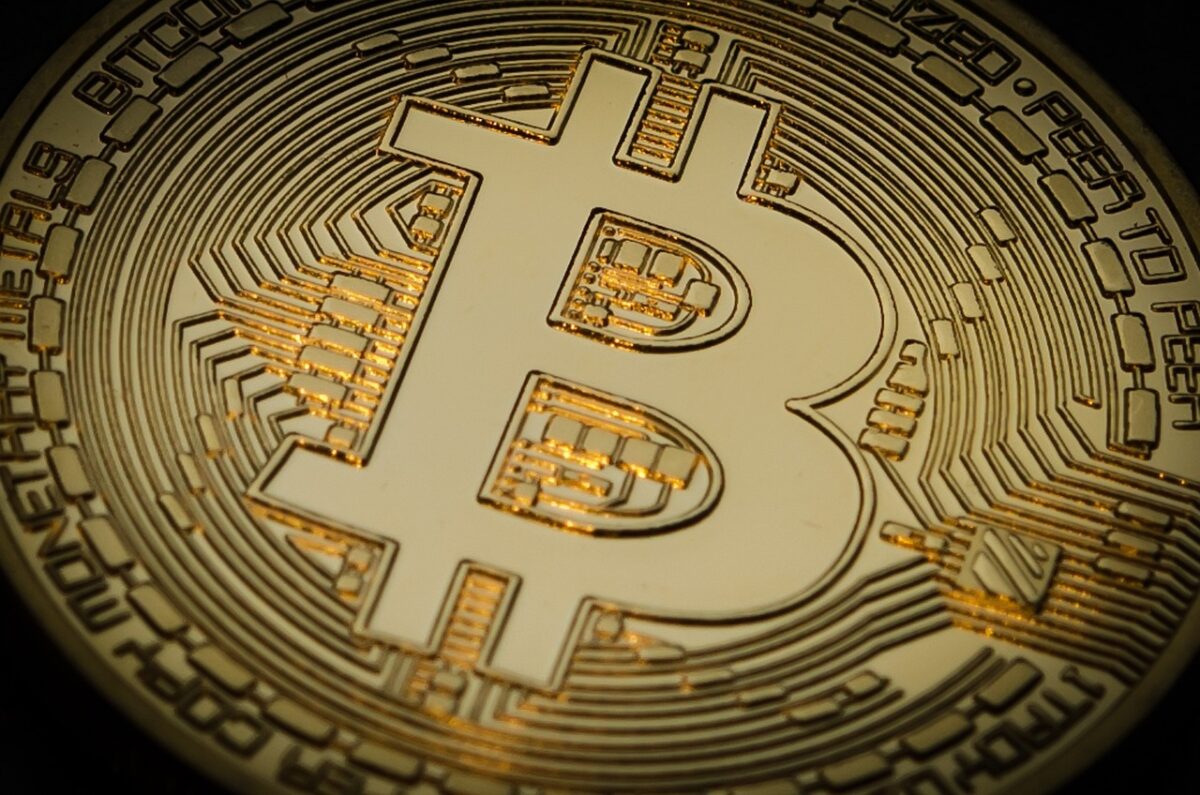Bitcoin is a digital currency that has been gaining popularity over the last few years. It is decentralized, meaning that it operates independently of any central authority, and is based on a peer-to-peer network. One of the key features of bitcoin is that it is issued through a process known as mining. In this article, we will explain how bitcoin is issued and the role of miners in this process.
Bitcoin mining is the process by which new bitcoins are created and transactions are verified on the blockchain. The blockchain is a public ledger that records all bitcoin transactions that have ever occurred. Transactions are verified by miners, who are responsible for adding new blocks to the blockchain. Each block contains a set of transactions, and once a block is verified, it is added to the blockchain, creating a permanent record of the transaction.
To mine bitcoin, miners use specialized software to solve complex mathematical problems. These problems are designed to be difficult to solve, and require a lot of computing power. Miners compete to solve these problems, and the first miner to solve the problem gets to add the next block to the blockchain, and receives a reward in the form of newly created bitcoins.
The reward for mining a block of bitcoin is currently 6.25 bitcoins. This reward is halved every 210,000 blocks, or approximately every four years. This means that the total number of bitcoins that will ever be created is limited to 21 million. This limit is built into the bitcoin protocol, and is one of the key features that makes bitcoin unique.
In addition to the reward for mining a block of bitcoin, miners also earn transaction fees. When someone sends bitcoin to another person, they can choose to include a transaction fee. This fee is paid to the miner who verifies the transaction, and provides an incentive for miners to include the transaction in the next block.
The process of mining bitcoin requires a lot of energy and computing power. As more miners join the network, the difficulty of the mathematical problems increases, which means that more computing power is required to solve them. This has led to concerns about the environmental impact of bitcoin mining, as well as the centralization of mining power in the hands of a few large mining pools.
To address these concerns, some alternative cryptocurrencies have been developed that use different mining algorithms or reward structures. However, bitcoin remains the most popular and widely used cryptocurrency, and its mining process continues to evolve as new technologies and innovations are developed.
In conclusion, bitcoin is issued through a process known as mining, which involves solving complex mathematical problems to verify transactions and add new blocks to the blockchain. Miners receive a reward in the form of newly created bitcoins and transaction fees, and the total number of bitcoins that will ever be created is limited to 21 million. While bitcoin mining requires a lot of energy and computing power, it remains a critical component of the cryptocurrency ecosystem, and continues to evolve as new technologies and innovations are developed.

